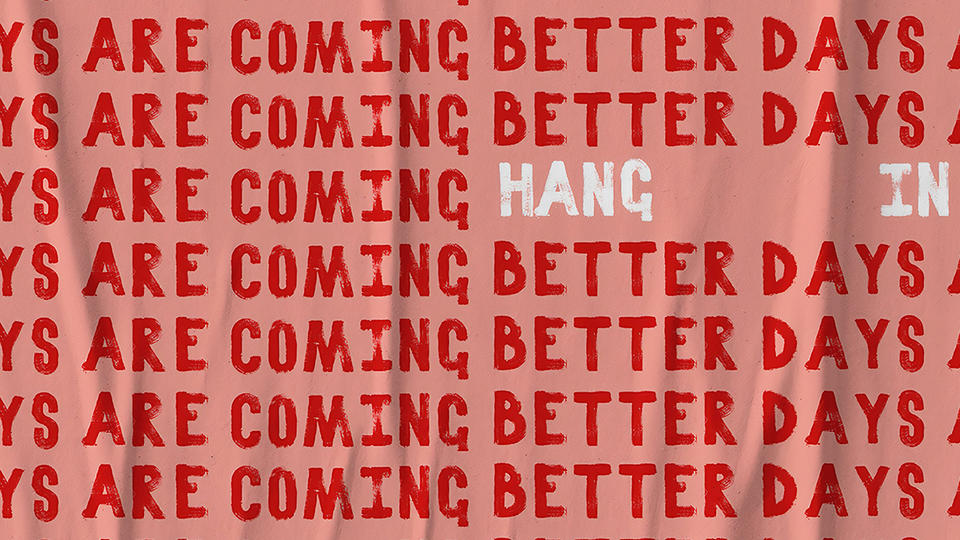
Powder Keg
Social Media And Real-Life Violent Protests
Based on research by Marlon Mooijman, Joe Hoover, Ying Lin, Heng Ji and Morteza Dehghani
Social Media And Real-Life Violent Protests
- It’s possible to predict some violent public protests by tracking social media posts on moral outrage over a triggering event.
- Violence is more likely when social network discussions include groups of like-minded participants. It’s less likely when there is a greater variety of participants.
- Overall social network traffic discussing an event does not predict potential violence, but traffic focusing on the moral wrongness of the event does, especially if it’s not challenged.
Every grade school teacher knows that student conduct can get out of hand, fast, when a group of kids eggs on one individual. Time-outs are a testimony to the power of isolating one 10-year-old from a choir of buddies.
Social media plays a role similar to a gang of hyped-up grade schoolers, providing a community that can express collective disapproval of people or events. When this disapproval has a moral cast — for example, after a police shooting or the removal of a statue — the social network’s particular characteristics are key predictors about whether that disapproval will turn violent.
There is a word for the way group support of a belief system makes it seem worth fighting for: moralization. Tracking social network activity now makes it possible to measure the chances for an individual belief to become moralized by a group — a phenomenon known as moral convergence.
In a recent study in Nature, Rice Business Professor Marlon Mooijman, then at the Kellogg School of Management, joined a team that analyzed when and how violence erupts in protests. In a series of observation and behavior experiments that mixed psychology, organizational theory and computer science, they accurately predicted how violence is influenced by group discussion of moral views on social media.
The researchers started by studying the number and content of tweets linked to the Baltimore riots in 2015, after the death of Freddie Gray in police custody. The researchers then compared these tweets with the number of arrests in a given timeframe, using a methodology developed by Marlon Mooijman and Joe Hoover from the Brain and Creativity Institute at the University of Southern California.
To analyze the tweets responding to Gray’s death, they first separated them into two sets: Those with moral commentary and those without moral judgments.
Next, the researchers tracked whether tweets with moral content increased on days with violent protests. Violence was measured using the number of police arrests, which the researchers compared with the specific timeframes of moral tweets.
There was no major difference in the overall tweet traffic discussing Freddie Gray’s death on days with violent protests and on peaceful days. The number of moralizing tweets, however, clearly correlated with episodes of violent protests, rising to nearly double the moralizing tweets on days with no violence.
This raised a provocative question. Were morally-based tweets a response to the events of the day — or were they somehow driving the violence?
To find out, Mooijman and Hoover worked with computer scientists Ying Lin and Jeng Ji of Rensselaer Polytechnic Institute and Morteza Dehghani of the University of Southern California to develop algorithms that could establish mathematical probabilities for the results.
For every single-unit increase in moral tweets over a 4-hour period, the researchers found, there was a .25 corresponding increase in arrests.
The researchers then tried to measure the effect of similar moral views — such as a social media page with self-selected members of a similar political affiliation — had on violence during protests.
To do so, they set up a second study, which measured participant reactions to the protestors of a far-right rally in Charlottesville, Virginia in 2017. Participants ranked their level of agreement over the morality of protesting the rally.
There was a direct relationship between believing a protest action was moral, the researchers found, and finding violence at that protest acceptable. This relationship held true throughout the study, regardless of political orientation.
The researchers’ next goal was to identify the impact of exposure to people of like beliefs. To do this, participants rated their feelings when they were told that most people in the U.S. shared their views. While the intensity of participants’ moral views created the potential for violence, the researchers found, violence resulted when only actively validated by others with similar views.
Having one’s moral outrage supported by others on social media, the professors concluded, may explain the spike in violence in recent protests.
While respect for privacy remains critical, governments and law enforcement can use the social media trend to pinpoint the moments when moral outrage can turn deadly. Perhaps most importantly, however, the research also suggests practical tactics for calming violent tendencies before they get out of control. To reduce real-life protest violence, they wrote, it’s critical that social media sites include a variety of voices. It’s another reason, if any were needed, that a bit of judicious exposure to other views is healthy for everyone.
Marlon Mooijman is an Assistant Professor of Organizational Behavior. He teaches in the undergraduate business minor program and MBA full-time program.
To learn more, please see: Mooijman, M., Hoover, J., Lin, Y., Ji, H., & Dehghani, M. (2018). Moralization in social networks and the emergence of violence during protests. Nature Human Behavior, 2, 389-396.
Never Miss A Story


